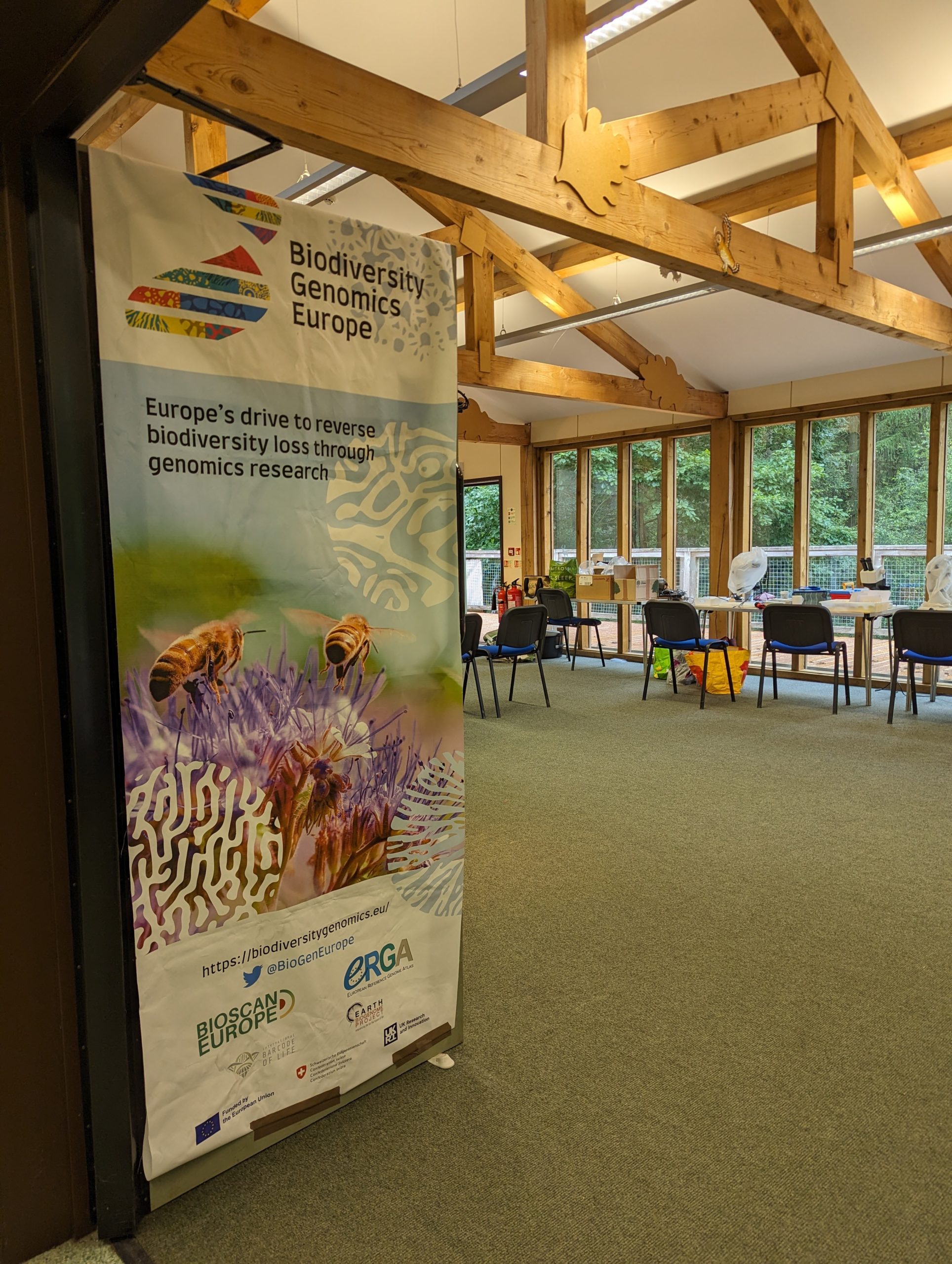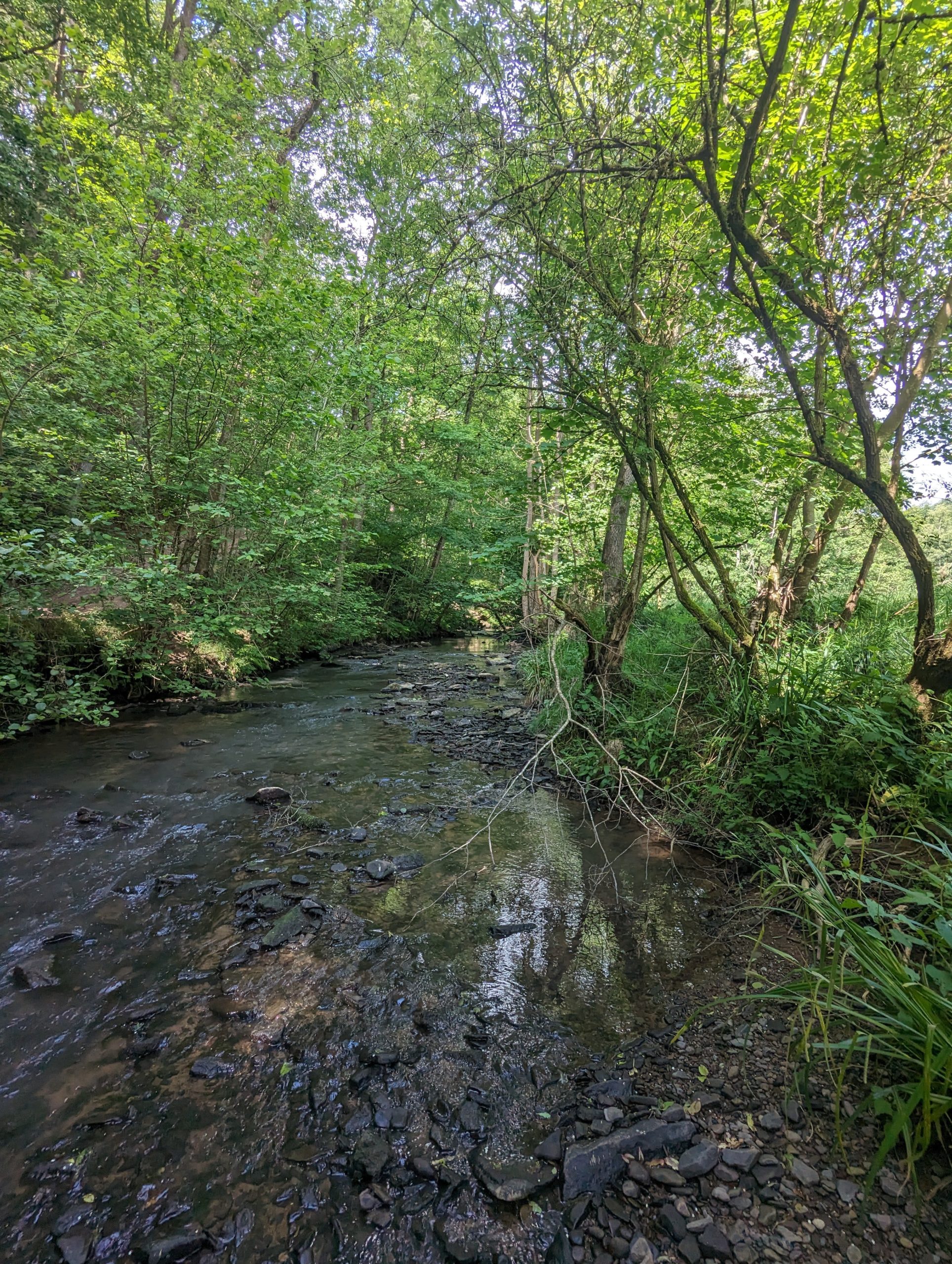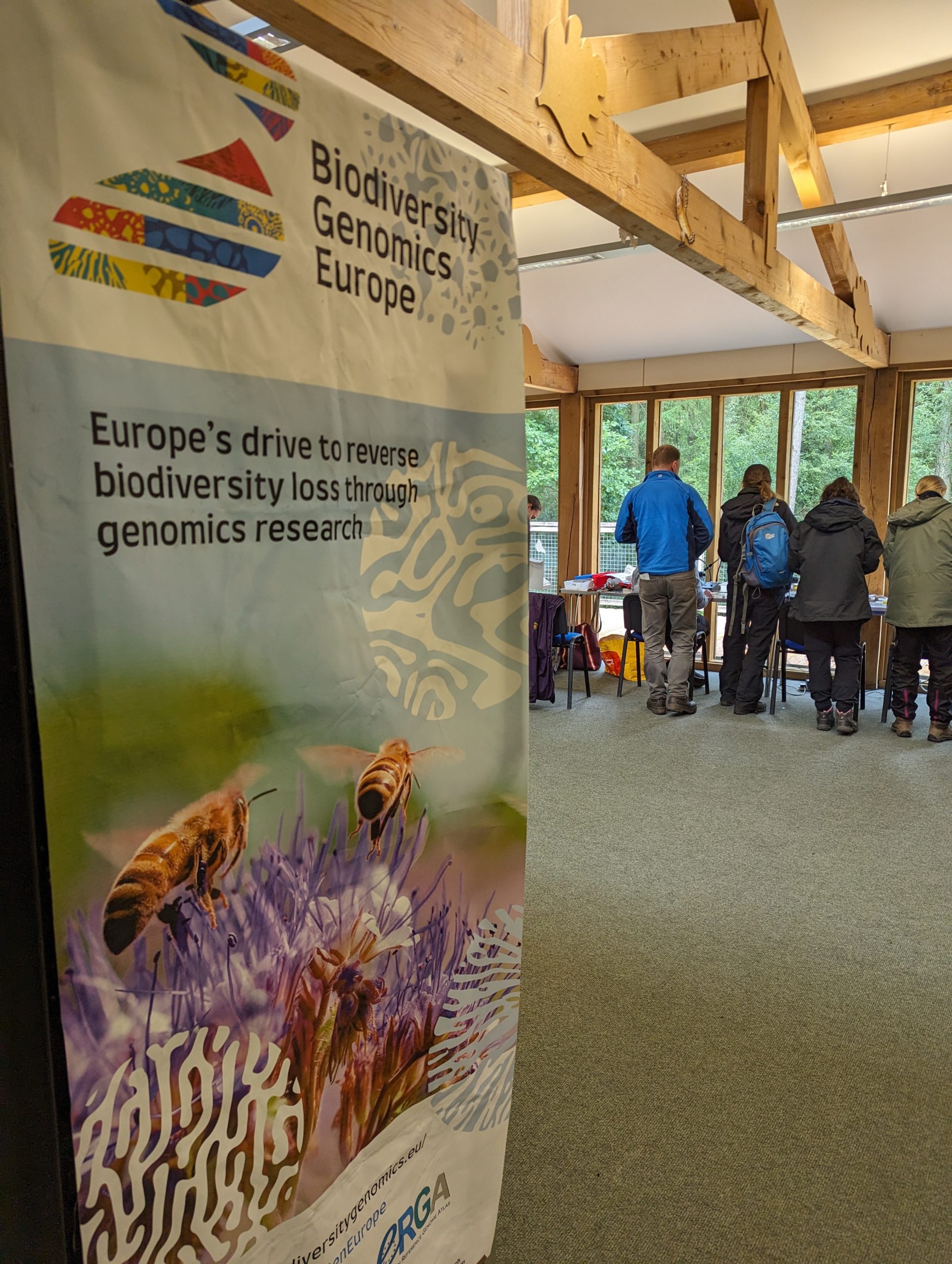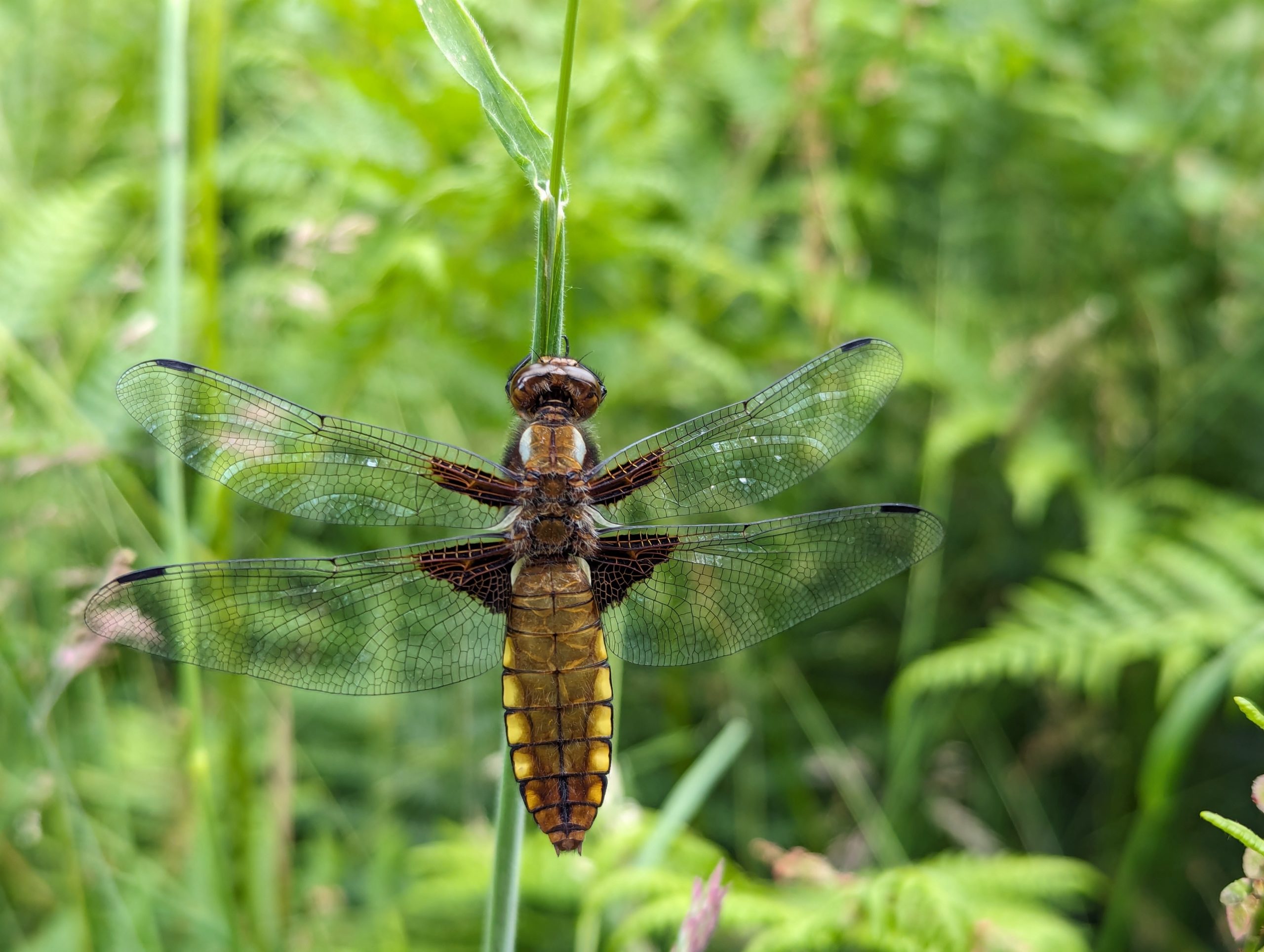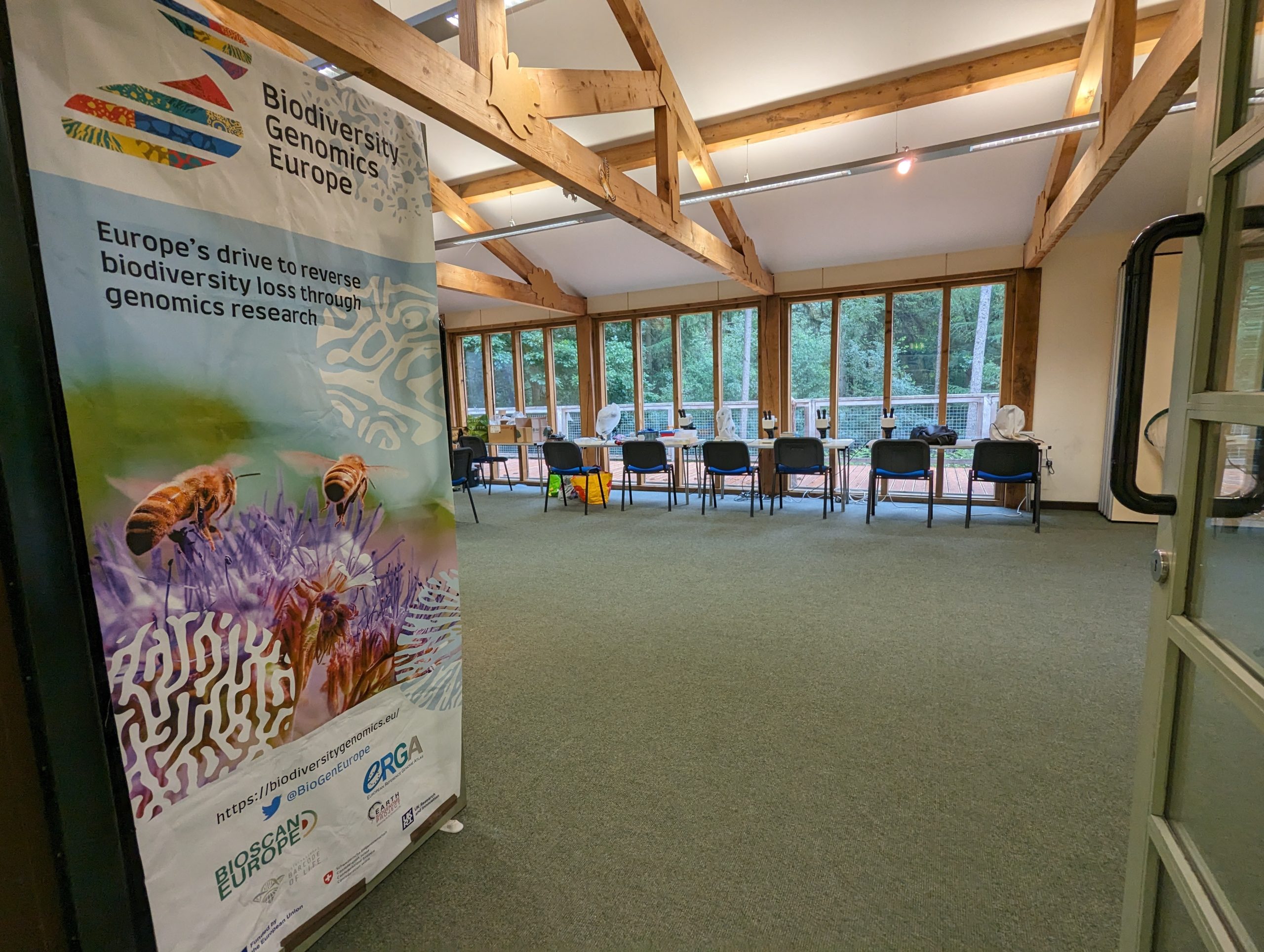Wyre Forest BioBlitz
Natural England (NE), Darwin Tree of Life (DToL), Natural History Museum
and UK Barcode of Life (UKBoL), Natural History Museum
Wyre Forest, UK (10-13 June 2024)
Last June, the ‘Wyre Forest BioBlitz’ took place in the UK. During this Bioblitz, a diverse group of around 40 attendees – a mixture of professional taxonomists, amateur taxonomists, ecologists and local residents – collected invertebrate specimens for sequencing of barcodes (for the UKBoL project) and for full genome sequencing (for the DToL project). At current count, over 800 specimens were collected and identified ready for sequencing, but that number is continually increasing as post-event identification and submission occurs.
Overview of the event
The event started with introductions from all participants, where projects and the various aims of the event were explained. Then health and safety and general site instructions were given, before local Natural England (NE) staff led excursions to different habitats on site for the beginning of collection. As specimens were then returned to the base of operations, those with taxonomic expertise assisted in the identification, either by providing identifications or assisting others in their own identifications. Specimens were then stored either in ethanol for UK Barcode of Life (UKBoL) or flash frozen for Darwin Tree of Life (DToL). Collection and identification continued until the end of the event.
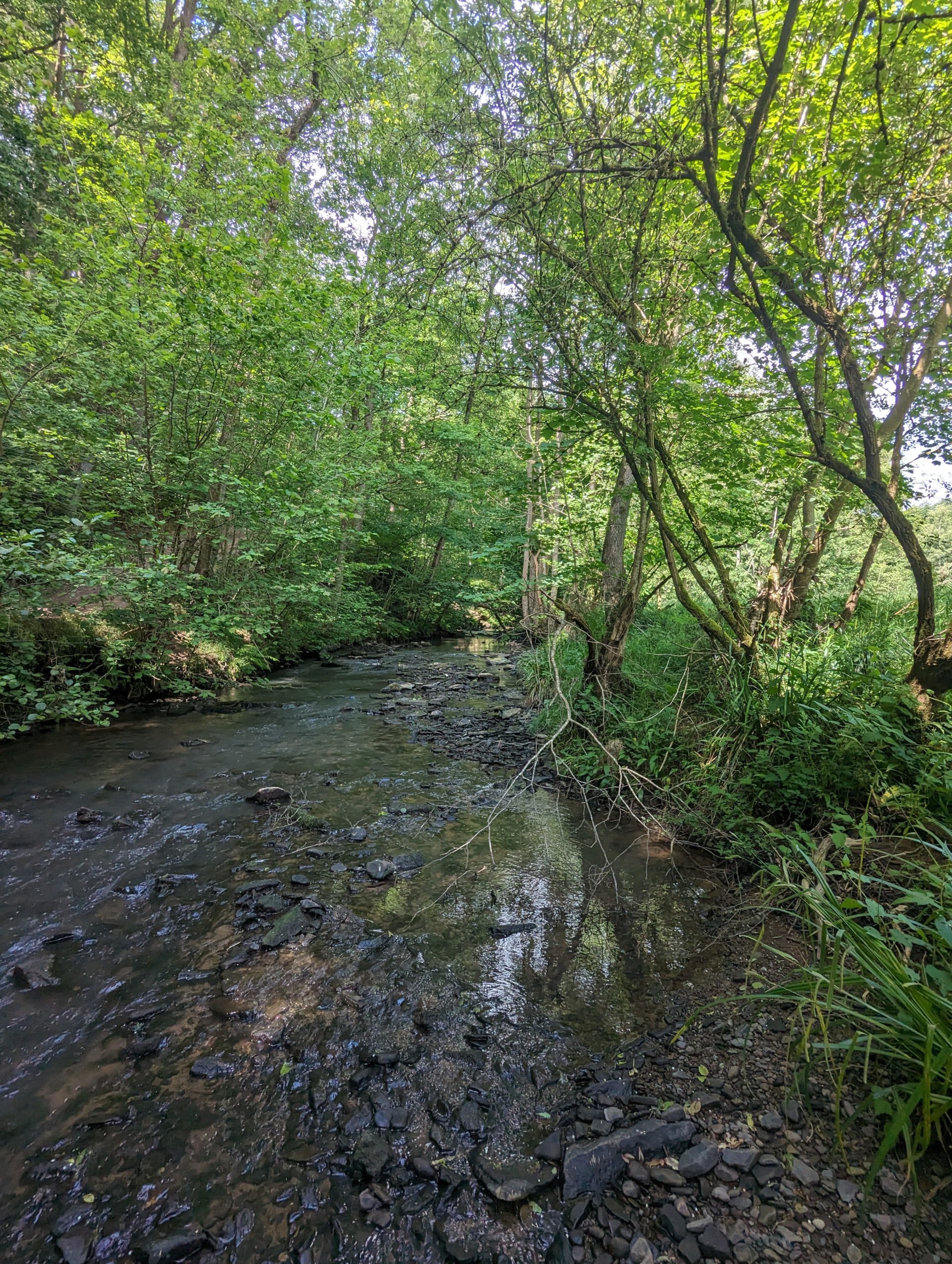
The Wyre Forest, UK. Credits: Ben Price
Goals
Collection of invertebrate specimens in ethanol for sequencing of barcodes to contribute towards the UKBoL project. Collection of invertebrate specimens live/flash frozen for full genome sequencing for the DToL project. The creation of biological records to enhance the species list of sites in the Wyre Forest. Engagement with members of the public on the work of these projects.
Content
The event consisted of extensive collection time and identification time over four days, depending on the priority of the participants. Resources were available for participants to identify specimens they had collected, or to hand to experts who could conduct identifications for them.
Feedback summary
At current count, over 800 specimens were collected and identified ready for sequencing, but that number is continually increasing as post-event identification and submission occurs. Operations were well managed by the onsite NE team, and a wide range of taxonomic skills were present for identification. Local participants were enthusiastic to take part, and provided habitat and location knowledge of species that would likely not have been collected without their assistance.
Images by Ben Price


